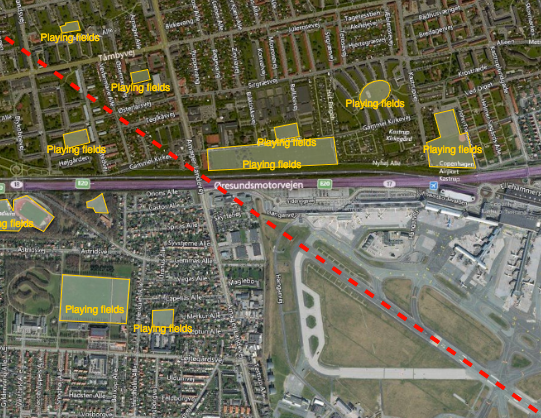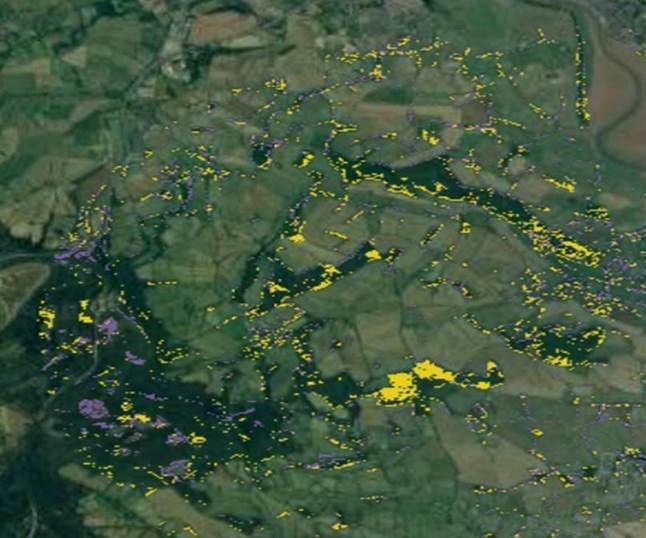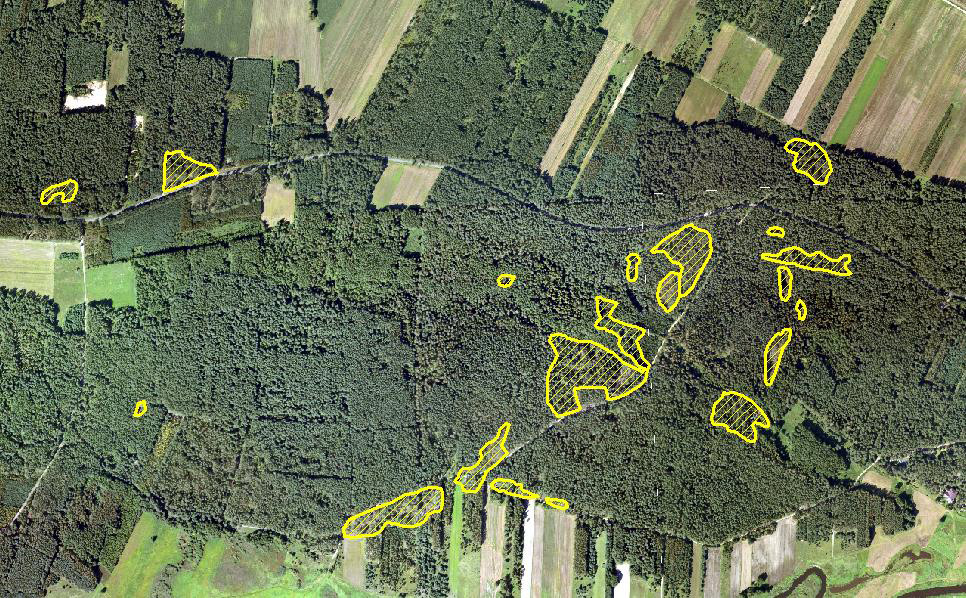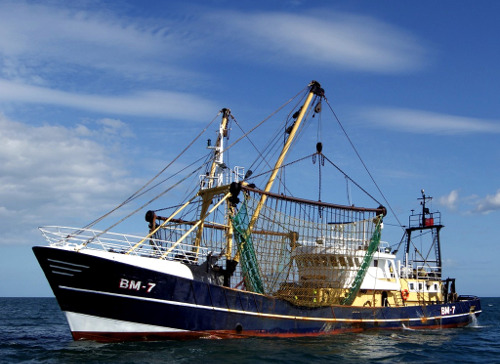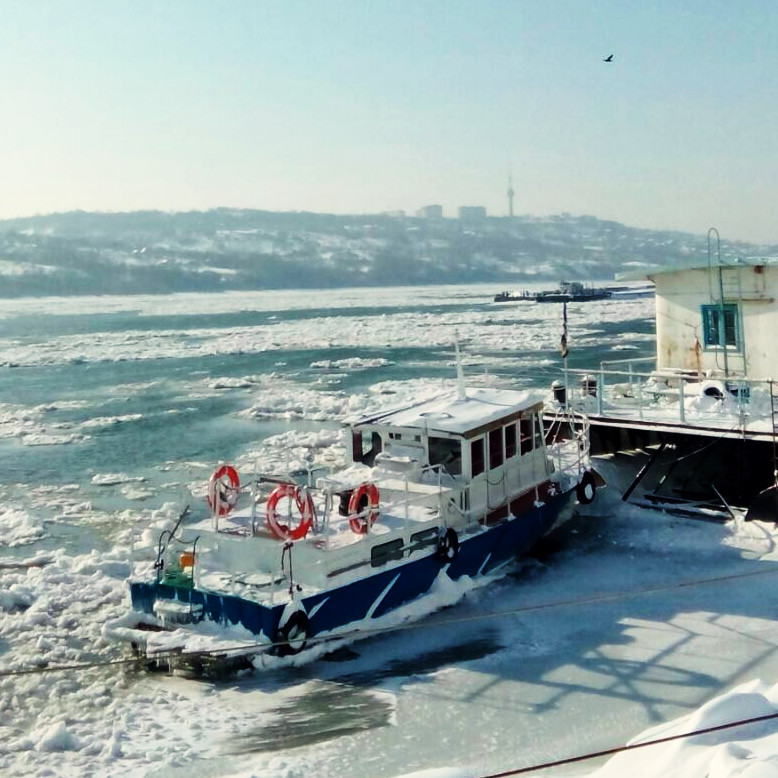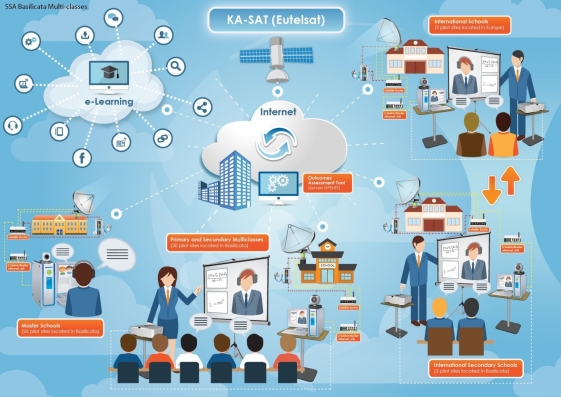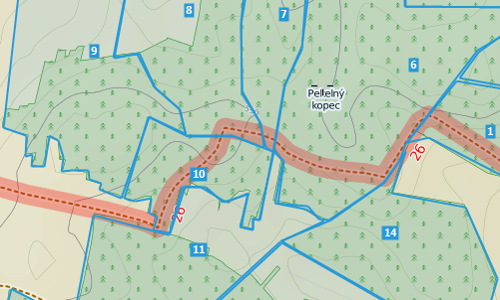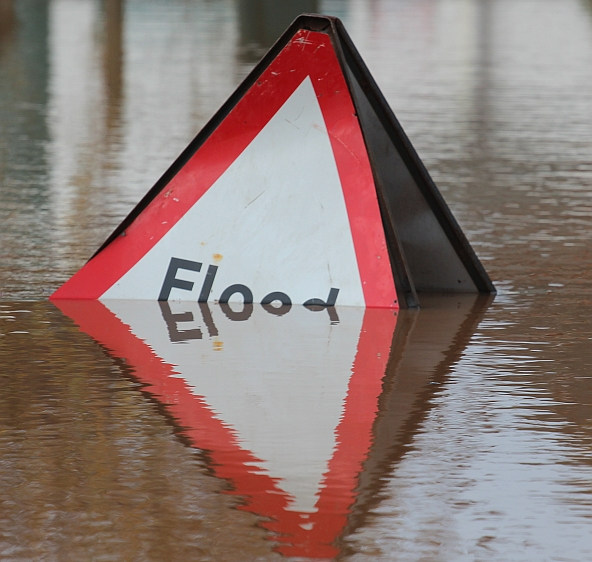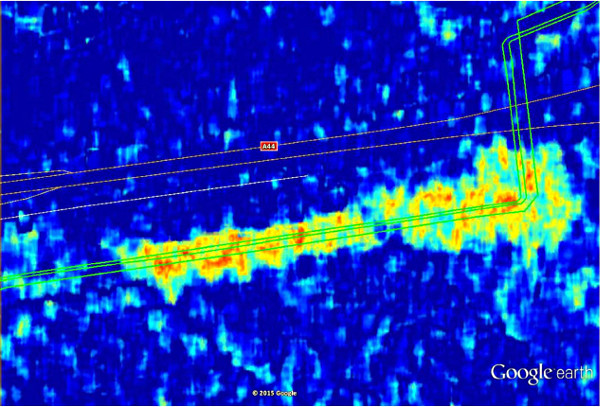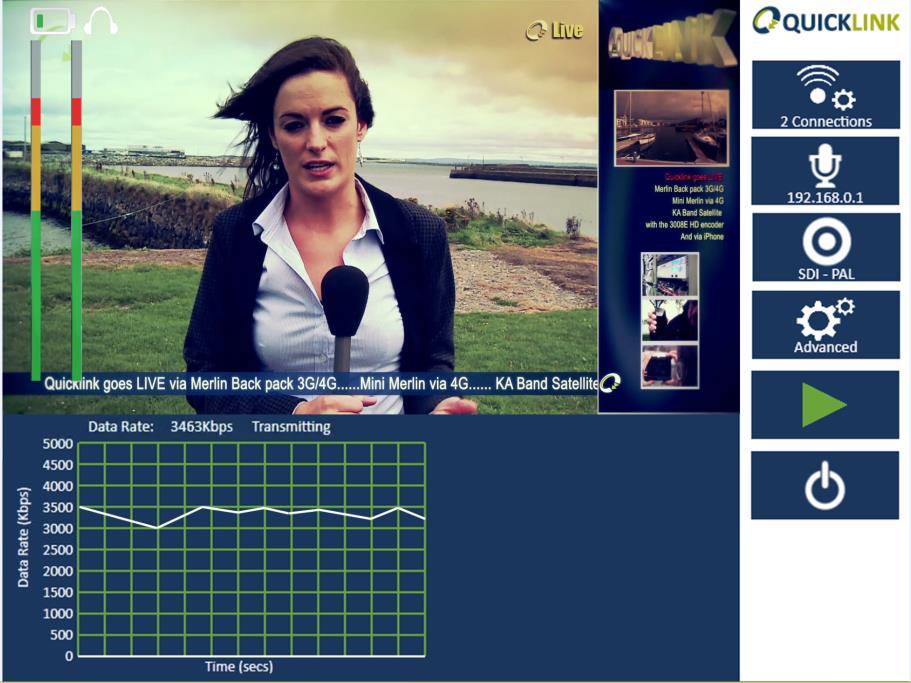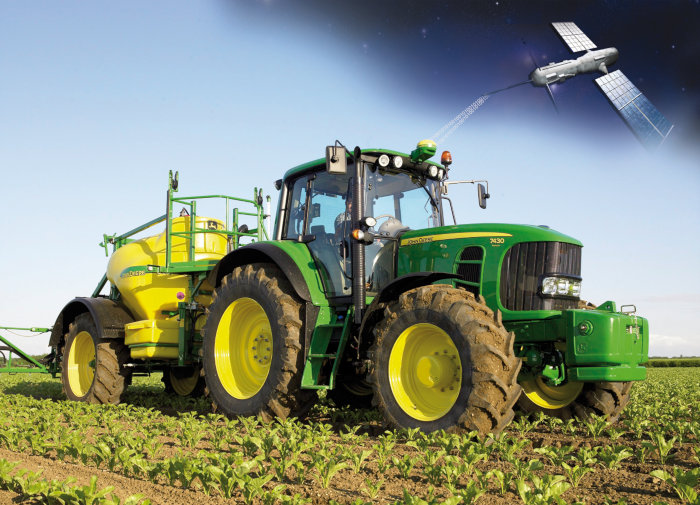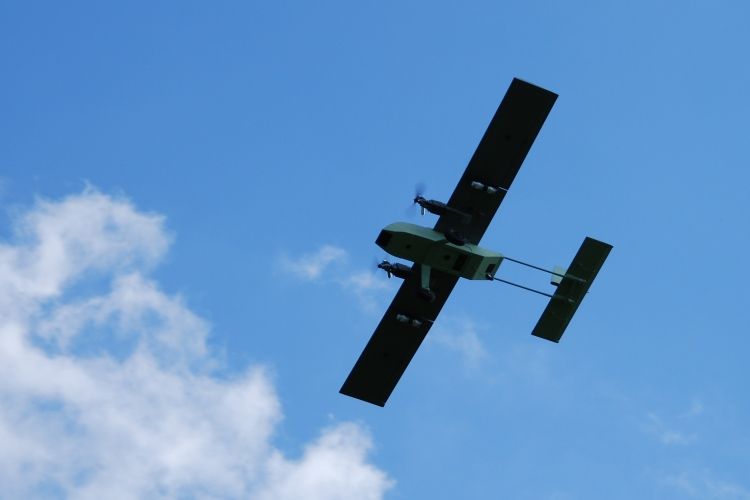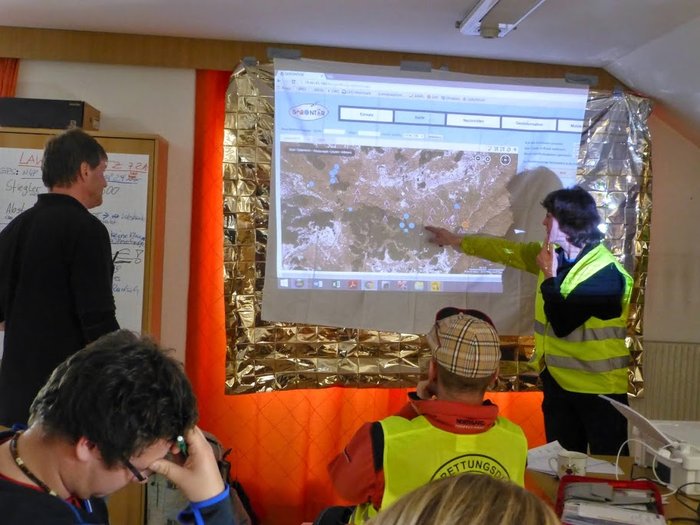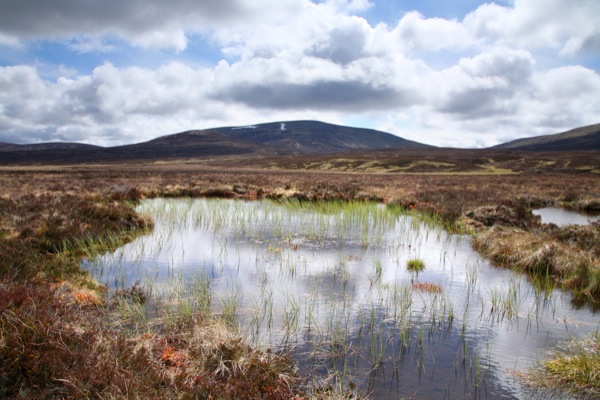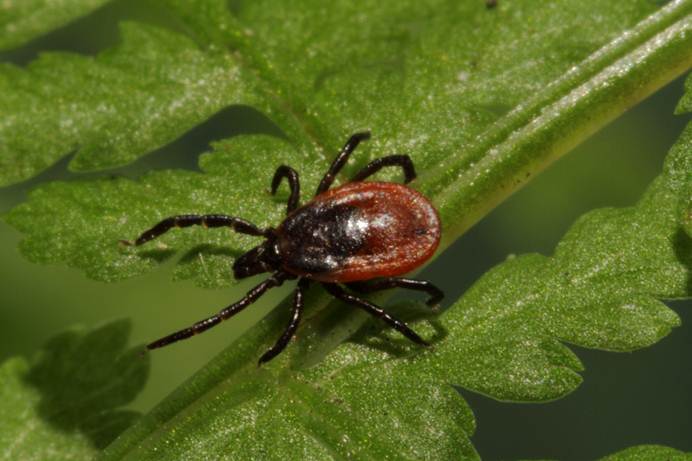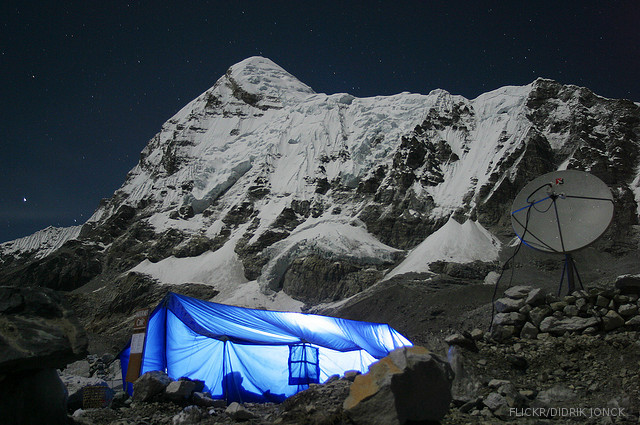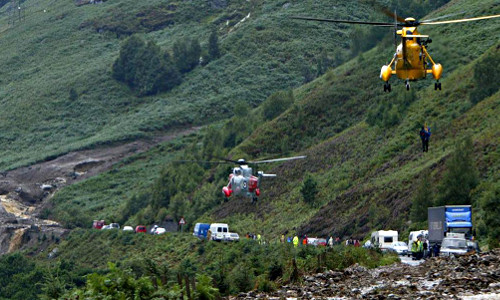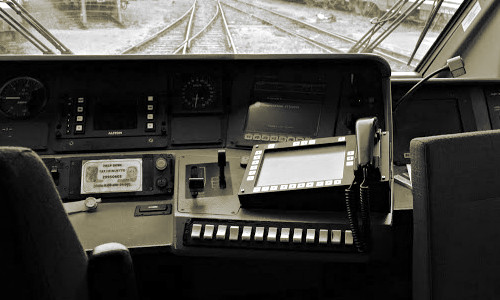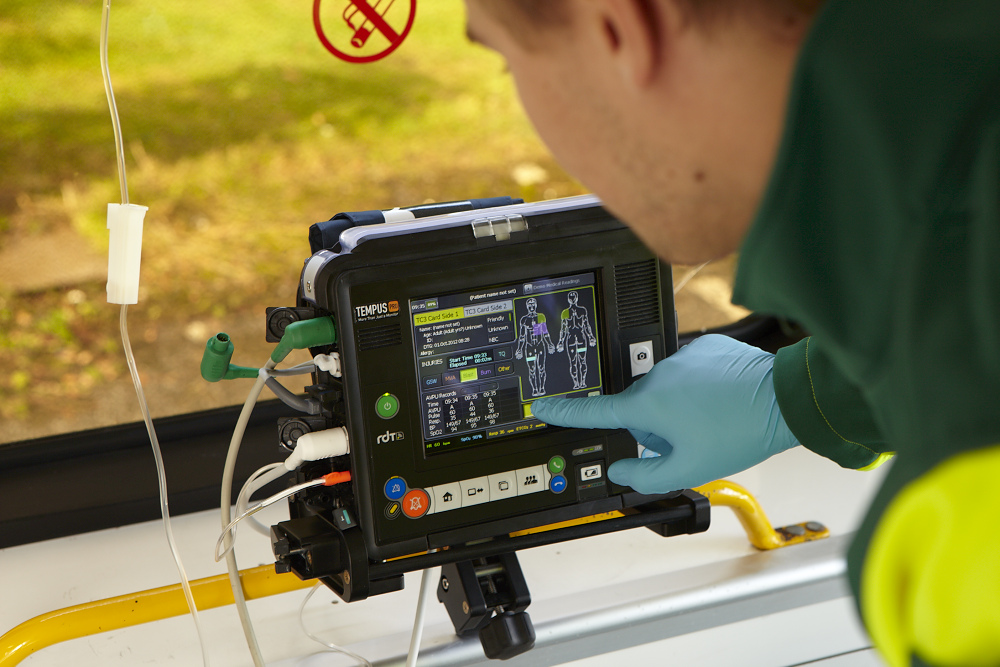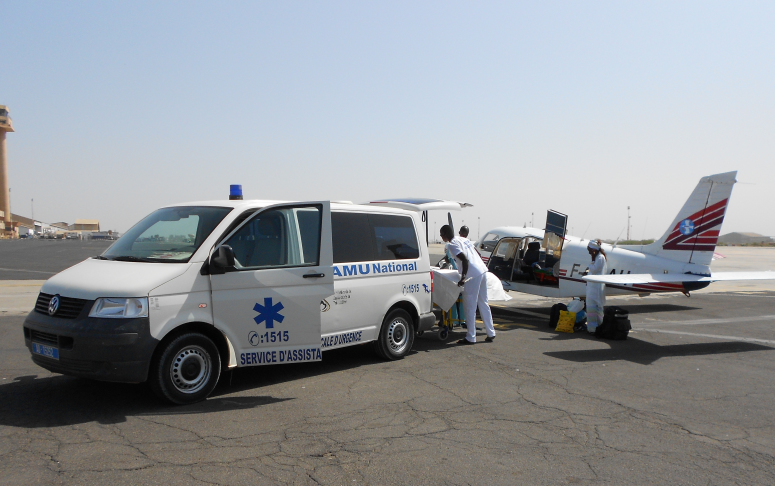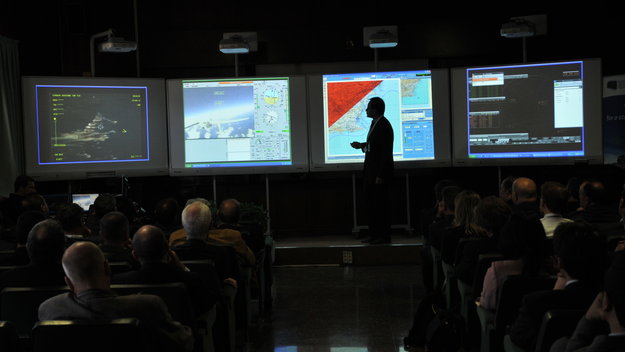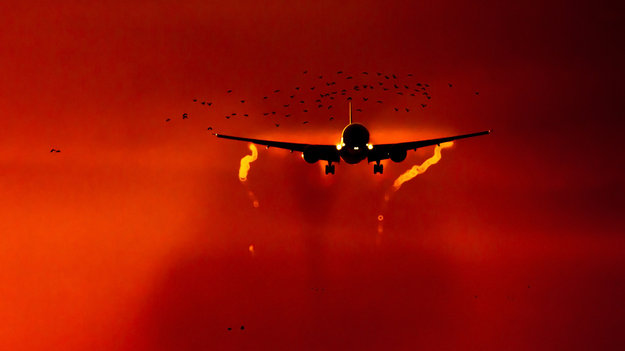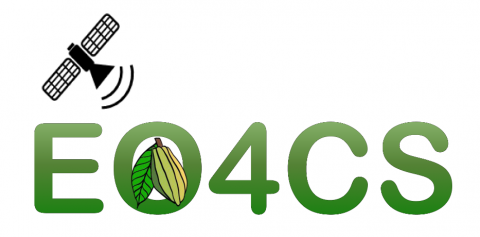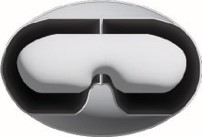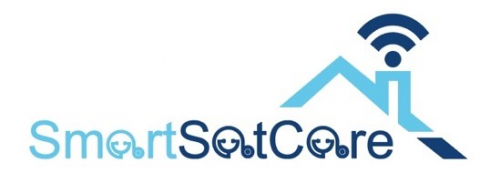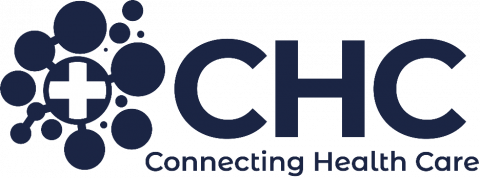Reducing the risk of bird strikes using satellite images and Ascend’s Normalised Difference Water index software (NDWI)
BROWSE PROJECTS
Based on user needs and industry skills, the evolution of customized solutions and the establishment of innovative services is accomplished through project activities. Focusing on various thematic areas, relevant information on the project activities is provided below.
B-SURE
Status date: 11 August 2022
B-SURE can significantly reduce disaster management response time
The main B-SURE service is rapid collection and bandwidth-efficient secure communication of operationally relevant field information. The baseline field platform is a smartphone, while remote information managers access data and interact with the field users via Web browsers online on secure servers. The field users cover professionals, civil population and small UAV operators. A novel element is the specific focus on and support for remote disaster management support.
BePI
Status date: 15 July 2022
BePI is a health and security service born to help public and private entities to address COVID-19 emergency. The synergic use of UAVs and UGVs (aerial and ground robots) assisted by AI, makes it possible to contactless measure people’s body temperature, blood oxygen saturation and heart rate and to detect specific alerts (presence of people’s gatherings and use of protective face mask). The service provides geo-referenced and aggregated data for each covered area.
EO4CS
Status date: 15 July 2022
After decades of interventions in the cocoa sector and implementation of voluntary sustainability standards, the environmental impacts of cocoa production are still present. Supposedly sustainably produced cocoa is mislabelled and not produced according to sustainability standards. The EO4CS project aims at preventing food fraud of cacao by supporting the certification process for labels of sustainability with objective satellite-based earth observation information.
AIBROINFRA
Status date: 13 July 2022
Quicklink proposes to develop Artificial Intelligence (AI) that will both optimise the quality of remote video contribution and dramatically reduce costs for the production customer. The solution will be tested on the OneWeb network to enable high quality news interviews to be transmitted to and from remote locations.
Virtual Post-It
Status date: 13 July 2022
The Virtual Post-Its project seeks to develop a solution that allows construction foremen and technical building inspectors to create location-anchored, interpersonal digital rework messages or “virtual post-its” during the review of construction work. These digital rework messages or “virtual post-its” are thus linked to the location of rework in real 3D space using alphanumeric content and semantic signs based on a set of rework typology.
LeA: Learning Achievements
Status date: 13 July 2022
LeA Project boosts the acquisition, development and consolidation of skills and knowledge, both technical and scientific, with particular reference to Space, using tools and methods that combine education and entertainment.
Meandair
Status date: 27 May 2019
Every day, pilots have to take difficult decisions about their flight routes avoiding adverse weather and safeguarding fuel-efficiency of their flights. Meandair helps to quickly determine the safest and most fuel-efficient routes for general aviation flights with respect to the ever-changing weather.
SmartSatCare
Status date: 13 July 2022
SmartSatCare’s goal was to promote the use of TV-based remote assistance services for medical monitoring with specific relevance during the COVID-19 pandemic. It aimed at integrating the whole system with satellite technologies, and test it on a real territory. The goal was to enhance the teleassistance in different geographical areas, including those rather remote.
STARS
Status date: 19 August 2020
The STARS project aims to deliver a service consisting of the automation of real-time workout parameter registration during swimming workouts. Currently, there is no system available in open water swimming that allows for the real-time registration of both biomechanical and physiological parameters in a wearable and comfortable way.
ECO4CO
Status date: 11 July 2022
ECO4CO is an intelligent and autonomous end-to-end system. It combines data from satellites, Internet, traffic movements and medical information. The system provides end-users (authorities, civil protection) with notifications, warnings and timely/geolocalised information. ECO4CO aims at providing crucial advice to effectively prevent new outbreaks, to react in advance, and to predict critical situation regarding facilities, medical storage, or mass movements.
AlmEO
Status date: 05 July 2022
AlmEO is an innovative integrated service dedicated to the management of almond orchards using in situ Earth Observation and meteorological data. TerraNIS has developed two tools for the purpose of the AlmEO service provision 1) Vegetation Growth Monitoring and 2) Daily Water Status. Both tools have been developed in collaboration with end-users in order to monitor and compare the vegetative growth of almond plots and to provide irrigation recommendations.
SWAIR
Status date: 30 June 2022
The aviation industry is becoming increasingly dependent on the GNSS-based technologies, at the same time being aware of its vulnerabilities, including those originating from Space Weather. SWAIR responds to that reality with a system providing GNSS and Space Weather monitoring and performance assessment products, compliant with international regulations and recommendations.
CHC
Status date: 29 June 2022
The CHC Project delivers satellite connectivity to health care sites within Cornwall & Scottish Highlands where terrestrial connectivity may be poor. The project team is validating with technology within the health care sector by evaluating the functionality of e-health software platforms on the satellite provided network, and assess benefits of satellite enabled healthcare to staff and patients.



